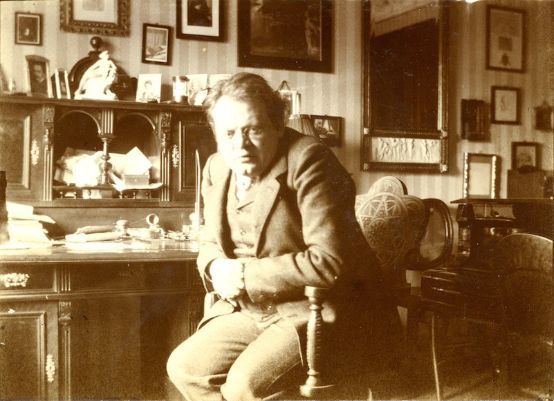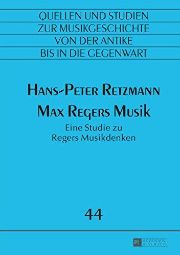Reger's musical thinking
Hans-Peter Retzmann's impressive study provides many stimulating approaches and coins terms to capture this musical cosmos, but it appears unfinished.

Max Reger's music is not easy to understand. It moves between times and aesthetic directions. Even a hundred years after his death, its status remains controversial. It is therefore all the more gratifying when an intimate connoisseur - also of the technical difficulties of playing the works - sets out to open up the special significance of the Reger phenomenon. The organist and theologian Hans-Peter Retzmann has A study of Reger's musical thinking in which he explores the essential characteristics of Reger's composing and his musical "attitude". In doing so, he draws on statements made by the composer himself, which have survived in a large number of letters, but above all on the (organ) works themselves. Based on Reger's own concept of "harmonic melody", Retzmann coins further vocabulary with which Reger's compositional processes and aesthetic objectives can be summarized: emancipated line, expressive fields, miniaturization, emotional inner connection, musical ciphering, mosaic cell technique, work delimitation. Further research will have to show whether these terms will hold their own in future discourse. The remarks on Reger's reception of Bach, on his alternative position in the debate between program and absolute music at the time, as well as on the fundamental openness of Reger's expressive, but not content-bound musical language are particularly illuminating.
In view of the complexity of the subject matter, there is a danger of not completely securing conceptual settings and of confusing the vocabulary once it has been acquired rather than stringently relating it to one another. Retzmann has not escaped this danger either, as important terms for him such as "disparate" (from p. 51), "parametric cell" (from p. 112), "transgressive behavior" and "valences" (from p. 294) as well as "integral transformation" (from p. 311) are not sufficiently substantiated or are not chosen with complete accuracy. Perhaps the author also wanted too much: his additional remarks on the reception of Reger's music, on Albert Schweitzer's reflections on organ stylistic questions and, finally, on the interpretation of the organ works go beyond the scope of his intention and obscure his central findings and postulates. What the book lacks is a critical proofreading that would have advised the author both in the arrangement of his thoughts and in the correction of linguistic deficiencies. Numerous printing, formatting and formulation errors give the impression that the impressive and thoroughly stimulating study ultimately remained a draft.
Hans-Peter Retzmann, Max Reger's Music. Eine Studie zu Regers Musikdenken, (=Quellen und Studien zur Musikgeschichte von der Antike bis in die Gegenwart, ed. by Michael von Albrecht and Eliott Antokoletz, vol. 44), 364 p., Fr. 76.00, Peter Lang, Bern et al. 2015








